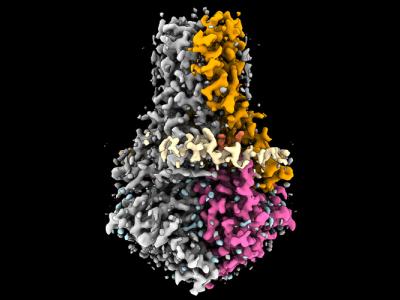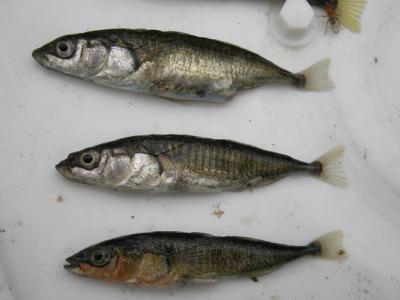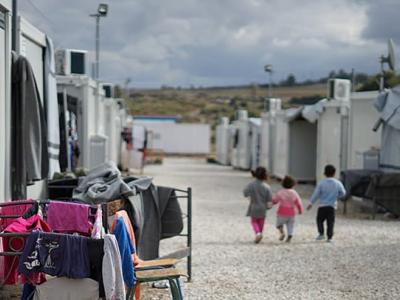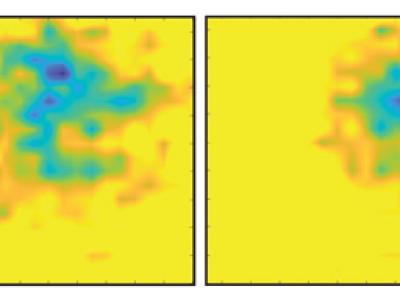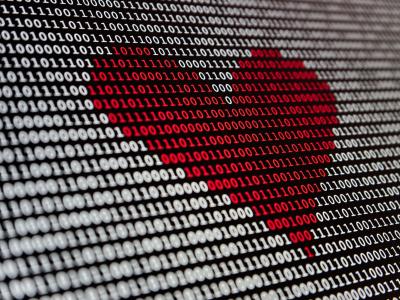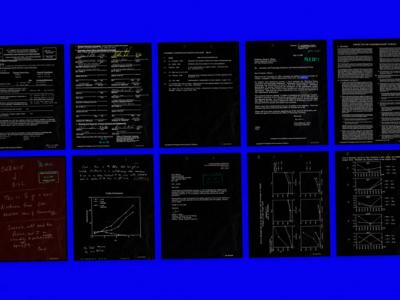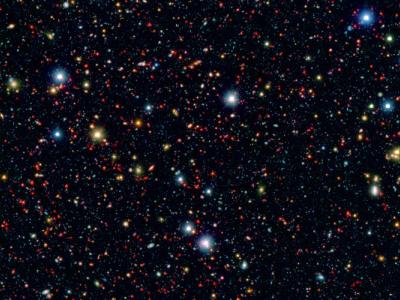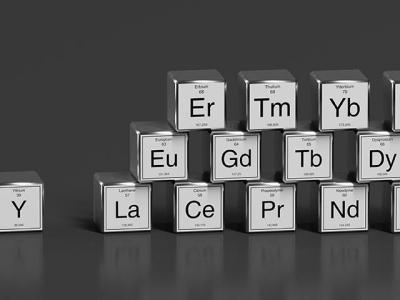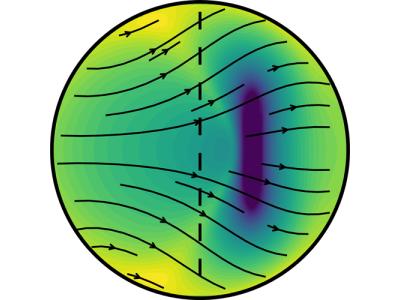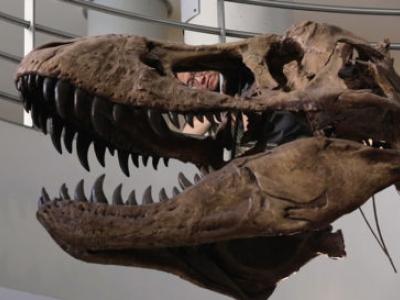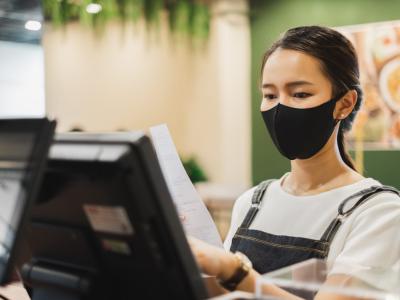The SARS-CoV-2 virus contains a gene that codes for a strange protein that could be a good target for drugs to fight COVID-19 and possibly other coronavirus infections, according to a new study from the University of California, Berkeley.
Research News
Learn more about UC Berkeley's researchers and innovators.
Showing 993 - 1008 of 3459 Results
What happens when you dump an ocean fish into a freshwater lake?
That experiment has been performed naturally tens of thousands of times over millions of years as sea-faring threespine sticklebacks — which, like salmon, travel up rivers to spawn — have gotten stranded in lakes and had to evolve as permanent denizens of fresh water.
Michael Bell, currently a research associate in the University of California Museum of Paleontology at UC Berkeley, stumbled across one such natural experiment in 1990 in Alaska, and ever since has been studying the physical changes these fish undergo as they evolve and the genetic basis for these changes.
The disproportionate use of police brutality against people of color in America. Higher COVID-19 death rates of Black and Latinx people in the health care system. Lower percentages of homeownership and loans approved in Black communities. Society often labels these disparities as racism or prejudice against individuals with specific racial identities.
But new research from UC Berkeley’s Othering and Belonging Institute shows that these inequities are symptoms of a much more racially systemic problem — residential segregation.
With an estimated 80 million refugees and displaced people facing increased uncertainty and growing crises, this year’s World Refugee Day on June 20 carries added significance.
That urgency is evident at Berkeley Law. Faculty lead seminal research and often coordinate their efforts through the Berkeley Interdisciplinary Migration Initiative, clinics provide vital legal assistance, centers and institutes offer robust programming, and student groups such as the International Refugee Assistance Project advocate for rights and protections.
Bay Area scientists have captured the real-time electrical activity of a beating heart, using a sheet of graphene to record an optical image — almost like a video camera — of the faint electric fields generated by the rhythmic firing of the heart’s muscle cells.
Berkeley News spoke with Lee Riley, professor and chair of infectious diseases and vaccinology at UC Berkeley, about state reopening plans, the effectiveness of the COVID-19 vaccines against variants, and how to address the dramatic health inequities that have been exposed by the pandemic.
While the insurrection posed an existential threat to American democracy, Berkeley political and legal scholars say the arcane workings of the filibuster pose a threat, too, because it increasingly is being used to block majority rule. Most often, Republicans are using it to freeze movement on popular issues related to economic fairness or racial justice.
In a May 2021 paper published in the journal AI & Society, clinical empathy expert and Berkeley Public Health bioethics professor Jodi Halpern, MD, PhD, posits that artificial intelligence (AI) cannot replace human empathy in the healthcare setting and that empathy is key to the successful treatment of patients.
The U.S. Department of Labor reported yesterday that the Consumer Price Index rose 5% in May, following a 4.2% jump in April. But at UC Berkeley, high-level economists are offering some calming advice: A measure of inflation is inevitable as the U.S. economy comes back online, but it will likely be modest. And it will almost certainly blow over as the economy stabilizes.
After last-minute bids that twice extended today’s auction on Foundation, the University of California, Berkeley’s NFT based on the Nobel Prize-winning research behind cancer immunotherapy finally went for about $54,360 — 22 ETH (Ether) — and netted the campus about $50,000.
Finding the hypothetical particle axion could mean finding out for the first time what happened in the Universe a second after the Big Bang, suggests a new study published in Physical Review D on June 7.
Lanthanides are rare-earth heavy metals with useful magnetic properties and a knack for emitting light. Researchers had long assumed that lanthanides’ toxicity risk was low and therefore safe to implement in a number of high-tech breakthroughs we now take for granted: from OLEDs (organic light-emitting displays) to medical MRIs and even hybrid vehicles.
In recent years, however, some scientists have questioned lanthanides’ safety.
Now, a team of researchers led by the Department of Energy’s Lawrence Berkeley National Laboratory (Berkeley Lab) and UC Berkeley has compiled the most complete library yet of lanthanides and their potential toxicity – by exposing baker’s yeast, aka Saccharomyces cerevisiae, to lanthanide metals. Their findings were recently published in the journal Proceedings of the National Academy of Sciences.
The University of California, Berkeley, today (Monday, June 7) announced three gifts of $25 million each that will reinforce Berkeley’s position as a leader in computing and data science research and education, and help create a visionary new home for the Division of Computing, Data Science, and Society (CDSS).
For reasons unknown, Earth’s solid-iron inner core is growing faster on one side than the other, and it has been ever since it started to freeze out from molten iron more than half a billion years ago, according to a new study by seismologists at the University of California, Berkeley.
Juvenile Tyrannosaurus rex had a jaw force of about 5600 newtons, somewhere between the jaw forces exerted by a hyena and a crocodile, and about 10 times the force of a teenage human.
To find out how the pandemic has affected low-wage workers of color, our organizations, Asian Law Caucus and UC Berkeley, surveyed primarily Asian and Latinx workers across California about their workplace conditions and experiences.

